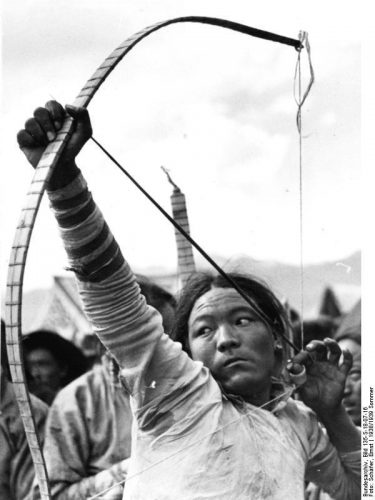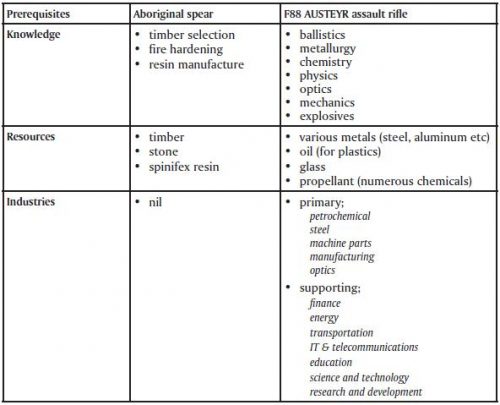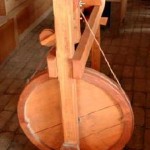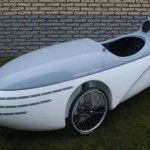 As military capabilties have evolved, so too have their complexity. Indeed, they are in a symbiotic relationship in that advanced military capabilities are both a product of and dependent on a complex network of resources, products, services and organisations.
As military capabilties have evolved, so too have their complexity. Indeed, they are in a symbiotic relationship in that advanced military capabilities are both a product of and dependent on a complex network of resources, products, services and organisations.
A comparison of the manufacturing requirements for the traditional aboriginal spear and the F88 Austeyr assault rifle provides an example of how complexity has increased.
Arguably, there is an exponential increase in complexity because the manufacture of modern military equipment is dependent on a number of other industries, such as finance, telecommunications, information technology and energy.
The networks that support military capabilities are a subset of the broader global economy, implying that advanced military capabilities cannot exist without the underlying economic base to support it.
A Roman general, planning and conducting a battle had relatively few considerations to make. The battlefield was small enough in size that he could observe most of it; his capabilities consisted of infantry, archers, chariots and cavalry, with some catapults. His communications consisted of runners, liaison officers and perhaps a few signals, such as bugles or flaming arrows.
The equipment of his army was simple; it required a relatively simple industrial base and regional supply chains to support it. Much of the equipment used could be repaired by the army, often from materials available in the immediate area. The relative complexity of a Roman legion was low.
A military organisation today has a much more complex task. First, the number of capabilities is an order of magnitude greater than that of the Romans, with a vast array of capabilities. These capabilities allow operations to be conducted globally, in the air, on land, at sea, over the electromagnetic spectrum and in space.
“Complex military technologies might not be the best acquisition strategy for defence forces in the future”
The industrial base to support this is global in nature, often involving thousands of companies and a complex supply chain. Comparing a modern military with the Romans clearly identifies that not only have the capabilities of militaries increased but so have their complexity.
In a prosperous world economy, this is not of concern. However, in a world economy at risk of synchronous failure, it gives rise to a paradox of military technology. The paradox of military technology states that while increased complexity in a military force results in increased capability, it also increases the likelihood that the capability will be unavailable for use because of the collapse of the complex supply chain required to maintain the capability.
The implication is that complex military technologies might not be the best acquisition strategy for defence forces in the future. Defence forces who manage to reduce complexity levels are likely to develop significant advantage over those militaries that continue to focus on ever more capable but also more complex capabilities.
Quoted from: “Lasers or longbows? A paradox of military technology“, The Australian Defence Force Journal (PDF 6.4 MB, page 44).






